What is a moisturizer and why does a bottle of moisturizer have so many ingredients? The goal of this post is to give you some guidance on what kind of moisturizer or cream to choose for your skin needs.
1 Comment
It was not till recently that I became super conscious about what I put on my skin. For many years, I picked a lotion that was attractive looking and within my skin care budget without a thought to ingredients. That's because I did not realize that skin is very absorbent and what you put on it will end up in your blood. Recently I did an audit of all the products in my home and was shocked to find 1) Most of my soaps, scrubs, lotions have a minimum of thirty ingredients 2) Many of the ingredients are harmful 3) The skin care and cosmetics industry is totally unregulated and companies put all kinds of things in their products. Below are a few examples: Biore pore unclogging scrub Notice all those things? There is an excellent database where you can plug in all those chemicals and get toxicity studies and other detailed information. For instance: About peg-12 dimethicone: peg-40 dimethicone is a synthetic polymer composed of peg (polyethylene glycol) and dimethicone, a silicon-based polymer. Due to the presence of peg, this ingredient may contain potentially toxic manufacturing impurities such as 1,4-dioxane. About diazolidinyl urea (formaldehyde releaser): diazolidinyl urea is an antimicrobial preservative that works by forming formaldehyde in cosmetic products. People exposed to such formaldehyde-releasing ingredients may develop a formaldehyde allergy or an allergy to the ingredient itself. In the u.S. Approximately 20% of cosmetics and personal care products contain a formaldehyde-releaser and the frequency of contact allergy to these ingredients is much higher among americans compared to studies in europe. I am not an alarmist - however, my general philosophy is to go simple. So when it comes to products, I want the least number of ingredients and no stress about whether they are harmful or not. To make things worse, some companies are getting smart and not listing all the ingredients in their products. Take Oil of Olay Complete for example: The full list of ingredients can be found on the P&G website and are as follows: Inactive ingredients Water, glycerin, isohexadecane, polyacrylamide, C13-14 isoparaffin, laureth-7, cyclopentasiloxane, PEG/PPG-20/20 dimethicone, steareth-21, stearyl alcohol, sucrose polycottonseedate, behenyl alcohol, tocopheryl acetate, cetyl alcohol, DMDM hydantoin, iodopropynyl butylcarbamate, steareth-2, triethoxycaprylylsilane, disodium EDTA, aloe barbadensis leaf juice, oleth-3 phosphate. DMDM hydantoin is a preservative and has a toxicity rank of 7/10 - a formaldehyde releaser. The point is, I was horrified and outraged that big companies can be so irresponsible and make chemical soups with potentially hazardous chemicals that can end up in my cells. I get that the concentration of these things is really small, but we use these products daily, sometimes more than once a day for years and then it does not take much imagination to wonder if the cumulative concentration of these chemicals might be higher than desirable in our blood. The last product I want to talk about is Pond's cold cream. This thing has been around for decades - now it is a sad toxic pot of crap. Next time you pick up a product, please look at the ingredients and make good choices for your health.
|
|
|
© Saroya Natural 2023 | All rights reserved.
Website designed by Aadi M |
Contact Us |

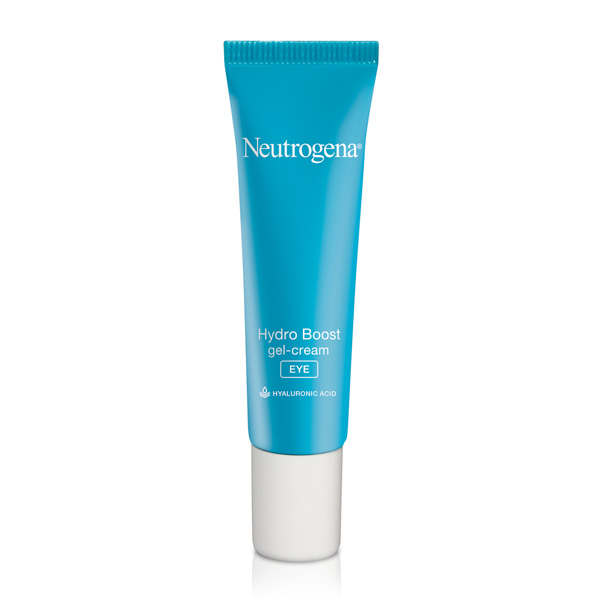
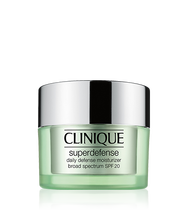
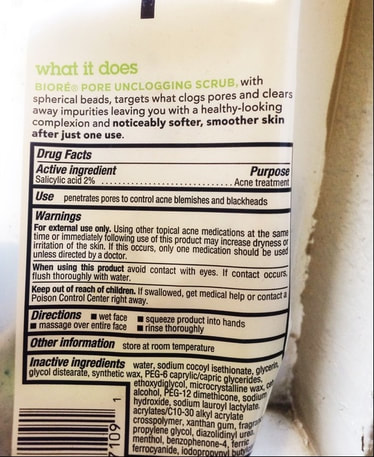
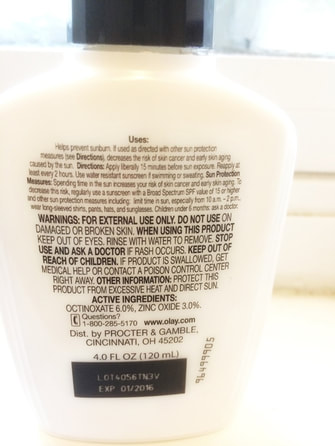
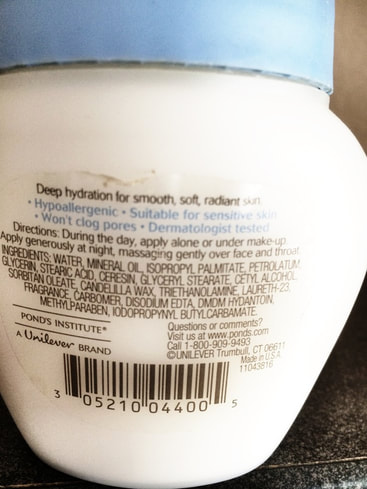
 RSS Feed
RSS Feed